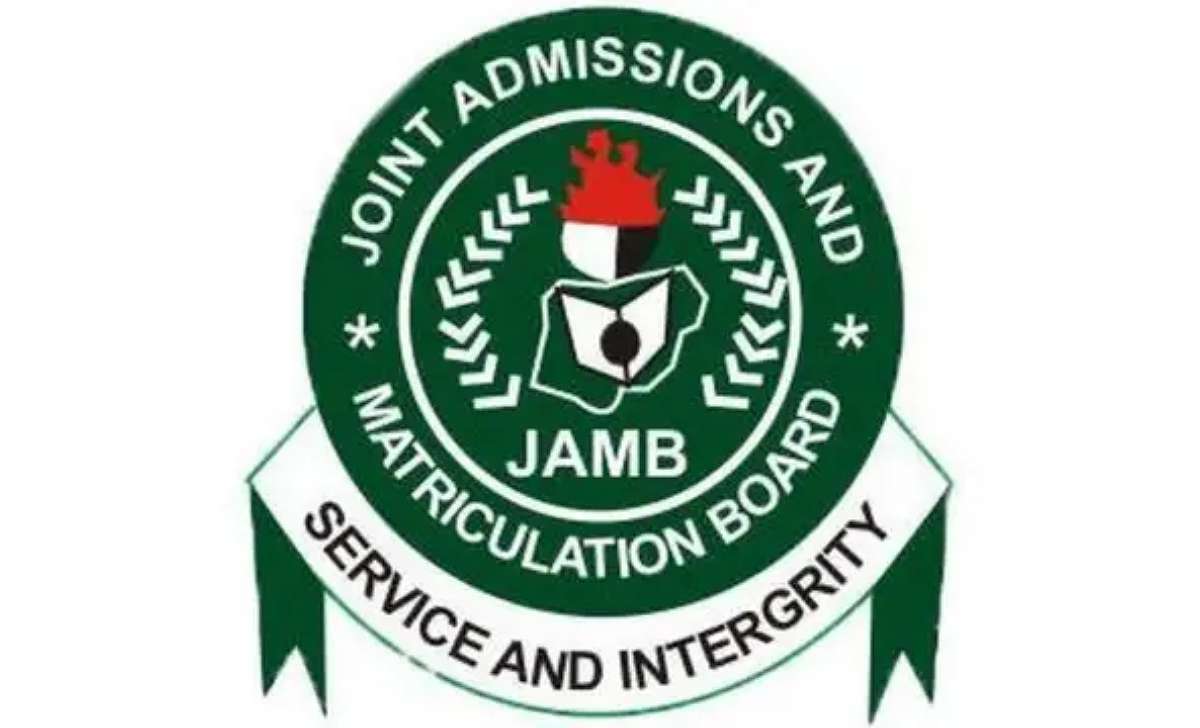This article covers everything you need to know about the JAMB Chemistry syllabus, including key topics, objectives, and tips to ace your UTME Chemistry exam.
In this article, you’ll find detailed information about the syllabus and a downloadable PDF link to help streamline your study process. Let’s dive in!
Why You Need the JAMB Chemistry Syllabus 2025/2026
The JAMB Chemistry syllabus is an essential resource for students preparing for the UTME examination. It outlines the topics, concepts, and objectives that the board expects candidates to master before the exam.
With this syllabus, you can focus your study efforts and prepare effectively.
Benefits of Using the JAMB Chemistry Syllabus
- Clarity: Understand the exact topics to study.
- Focus: Avoid wasting time on irrelevant materials.
- Better Preparation: Tackle practice questions confidently.
- Higher Scores: Study strategically to improve your performance.
JAMB Chemistry Syllabus 2025/2026
Below are the key topics covered in the JAMB Chemistry syllabus for 2025/2026:
| TOPICS/CONTENTS/NOTES | OBJECTIVES |
|---|---|
| 1. Separation of Mixtures and Purification of Chemical Substances
|
Candidates should be able to:
(ii) use boiling and melting points as criteria for purity of chemical substances; (iii) distinguish between elements, compounds and mixture; (iv) differentiate between chemical and physical changes; (v) identify the properties of the components of a mixture; (vi) specify the principle involved in each separation method; and (vii) apply the basic principle of separation processes in everyday life. |
| 2. Chemical Combination
|
Candidates should be able to:
(ii) deduce the chemical laws from given (iii) interpret graphical representations related to these laws; and (iv) deduce the stoichiometry of chemical reactions. |
| 3. Kinetic Theory of Matter and Gas Laws
(i) melting, in terms of molecular motion and Brownian (b) (i) The laws of Boyle, Charles, Graham and Dalton (law of partial pressure); combined gas law, molar volume and atomicity of gases. |
Candidates should be able to:
(ii) deduce reasons for change of state; (iii) draw inferences based on molecular motion; (iv) deduce gas laws from given (v) interpret graphical representations related to these laws; and (vi) perform simple calculations based on these laws, equations and relationships. |
| 4. Atomic Structure and Bonding
(ii) Atomic structure, electron configuration, atomic number, mass number and isotopes; specific examples should be drawn from elements of (iii) Shapes of s and p orbitals. (b) The periodic table and periodicity of elements, presentation of the periodic table with a view to recognizing families of elements e.g. alkali metals, halogens, the noble gases and transition metals. The variation of the following properties: ionization energy, ionic radii, electron affinity and electronegativity. (c) Chemical bonding. (d) Shapes of simple molecules: linear ((H2, O2, C12, HCl and CO2), non-linear (H2O), tetrahedral; (CH4) and pyramidal (NH3). (e) Nuclear Chemistry: (i) Radioactivity – Types and properties of (ii) Nuclear reactions. Simple equations, |
Candidates should be able to:
(ii) identify the contributions of these scientists to the development of the atomic structure; (iii) deduce the number of protons, neutrons and electrons from atomic and mass numbers of an atom; (iv) apply the rules guiding the arrangement of electrons in an atom; (v) identify common elements exhibiting isotopy; (vi) relate isotopy to mass number; (vii) perform simple calculations relating to isotopy; (viii) differentiate between the shapes of the orbitals; (ix) determine the number of electrons in s and p atomic orbitals; (x) relate atomic number to the position of an element on the periodic table; (xi) relate properties of groups of elements on the periodic table; (xii) identify reasons for variation in properties across the period and down the groups; (xiii) differentiate between the different types of bonding; (xiv) deduce bond types based on electron (xv) relate the nature of bonding to properties of compounds; (xvi) differentiate between the various shapes of molecules; xvii) distinguish between ordinary chemical (xviii) differentiate between natural and (xix) compare the properties of the different types of nuclear radiations; (xx) compute simple calculations on the (xxi) balance simple nuclear equation; and (xxii) identify the various applications of |
1. Separation of Mixtures and Purification
- Topics include: Pure and impure substances, boiling and melting points, separation techniques (evaporation, distillation, filtration, etc.)
- Objectives: Distinguish between pure and impure substances, understand and apply separation techniques.
2. Chemical Combination
- Topics include: Stoichiometry, laws of chemical combination, chemical equations, and the mole concept.
- Objectives: Solve calculations involving stoichiometry and chemical equations.
3. Kinetic Theory of Matter and Gas Laws
- Topics include: Kinetic theory of matter, Boyle’s and Charles’s laws, ideal gas equation.
- Objectives: Apply gas laws and solve related calculations.
4. Atomic Structure and Bonding
- Topics include: Development of atomic theory, electron configuration, types of chemical bonds.
- Objectives: Explain atomic structure and bonding principles.
5. Air and Water
- Topics include: Composition and uses of air, properties of water as a solvent, hard and soft water.
- Objectives: Understand air and water composition and their importance.
6. Environmental Pollution
- Topics include: Types of pollution (air, water, soil), greenhouse effects, and ozone layer depletion.
- Objectives: Identify pollutants and suggest control measures.
JAMB Syllabus for All Subjects
- * JAMB Syllabus for Agricultural Science 2025/2026
- * JAMB Syllabus for Arabic 2025/2026
- * JAMB Syllabus for Art 2025/2026
- * JAMB Syllabus for Biology 2025/2026
- * JAMB Syllabus for Chemistry 2025/2026
- * JAMB Syllabus for Christian Religious Studies 2025/2026
- * JAMB Syllabus for Commerce 2025/2026
- * JAMB Syllabus for Computer Studies 2025/2026
- * JAMB Syllabus for Economics 2025/2026
- * JAMB Syllabus for French 2025/2026
- * JAMB Syllabus for Geography 2025/2026
- * JAMB Syllabus for Government 2025/2026
- * JAMB Syllabus for Hausa 2025/2026
- * JAMB Syllabus for History 2025/2026
- * JAMB Syllabus for Home Economics 2025/2026
- * JAMB Syllabus for Igbo 2025/2026
- * JAMB Syllabus for Islamic Studies 2025/2026
- * JAMB Syllabus for Literature in English 2025/2026
- * JAMB Syllabus for Mathematics 2025/2026
- * JAMB Syllabus for Music 2025/2026
- * JAMB Syllabus for Physical and Health Education 2025/2026
- * JAMB Syllabus for Physics 2025/2026
- * JAMB Syllabus for Principles of Accounting 2025/2026
- * JAMB Syllabus for Use of English 2025/2026
- * JAMB Syllabus for Yoruba 2025/2026
- * JAMB UTME Syllabus for all Subjects 2025



![Have JAMB Started Giving Admission for [year]? 3 JAMB 5 4](https://sparobanks.com/wp-content/uploads/2025/01/JAMB-5-4-150x150.jpg)
Are this all
Yeah
how do i download this?